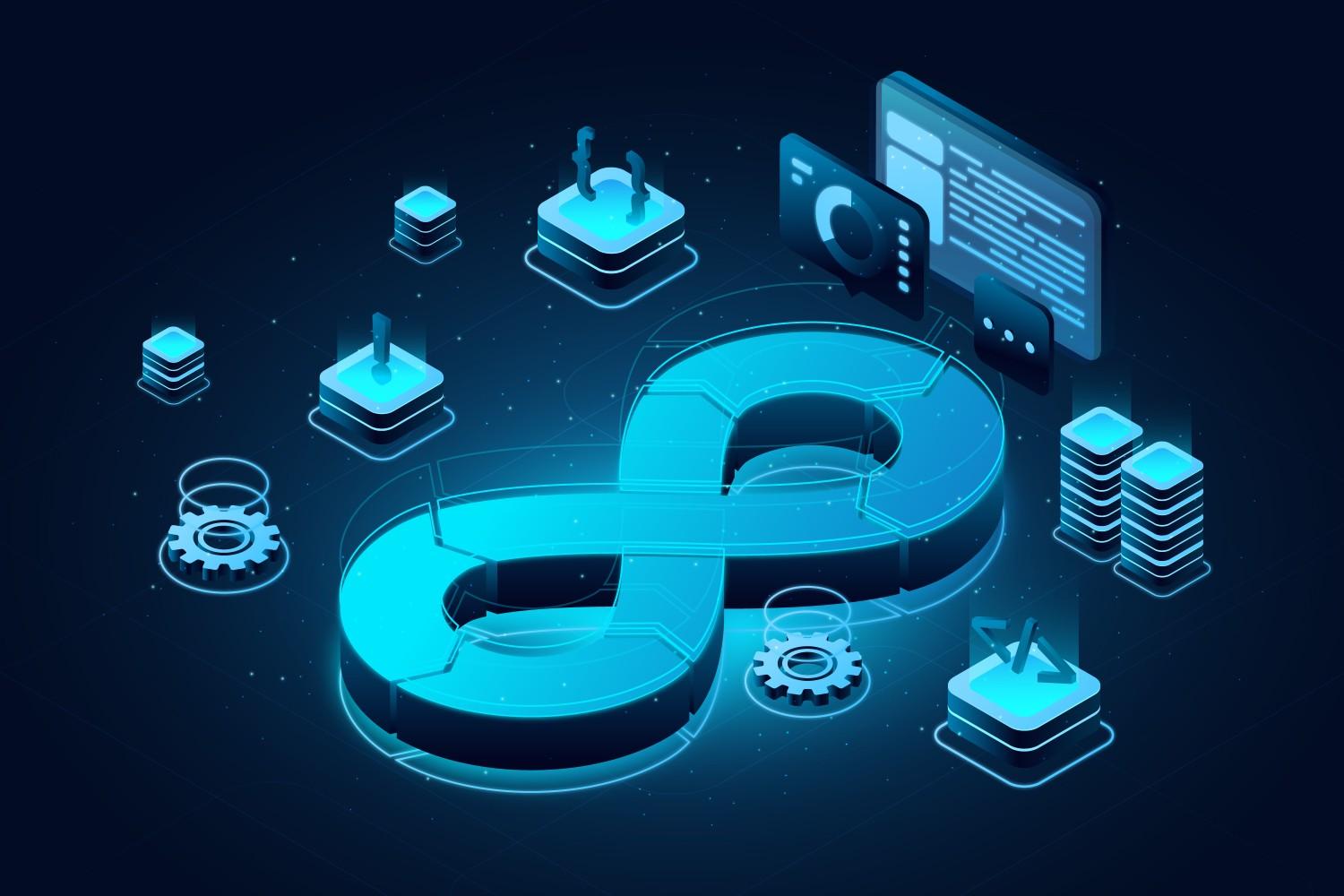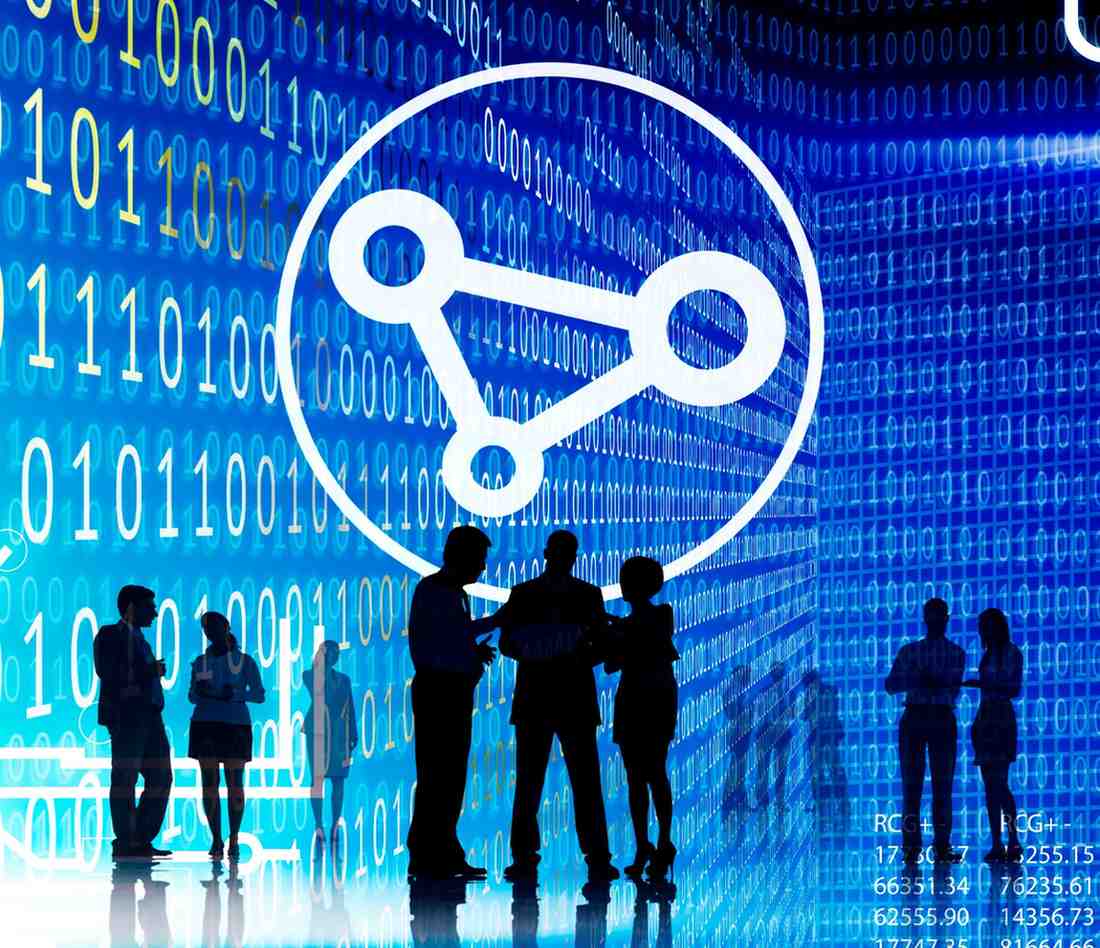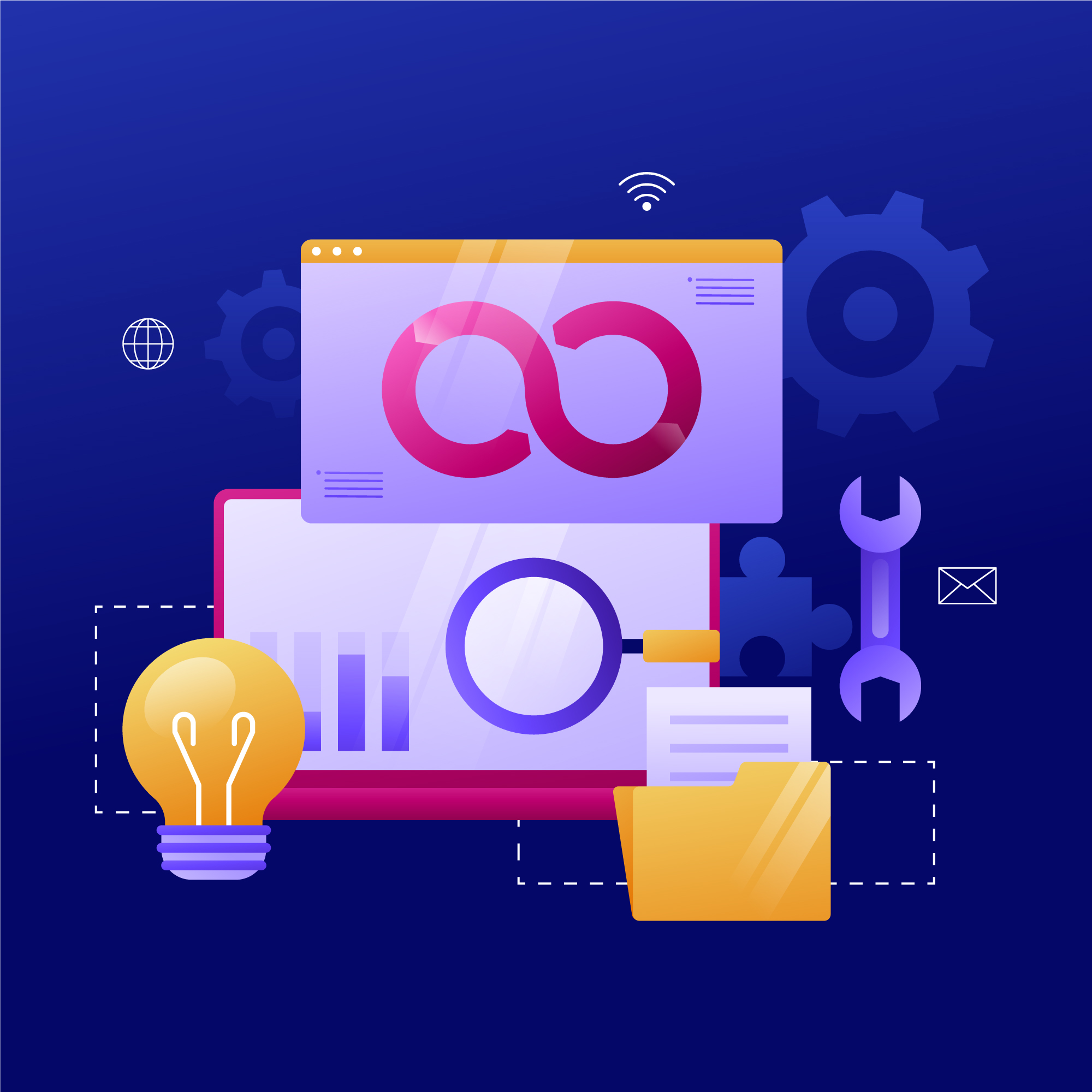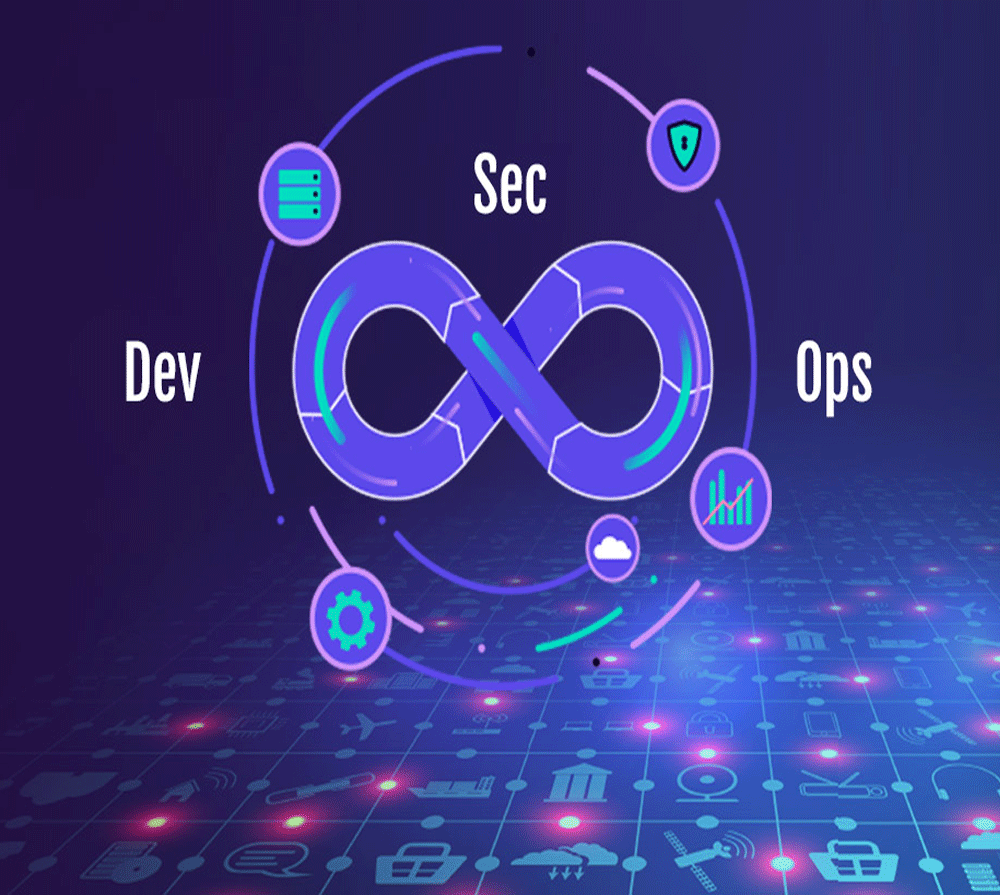DevSecOps vs. Cybersecurity: Building a Unified Defense for the Digital Era

The Evolving Landscape of Digital Defense: DevSecOps vs. Cybersecurity
The digital revolution has transformed how companies build and deliver software, bringing with it immense speed and complexity. In this fast-paced environment, security often plays catch-up, leading to critical vulnerabilities. For years, Cybersecurity has been the established, overarching term for protecting digital assets. However, the rise of modern development methodologies (like DevOps) necessitated a more proactive, integrated approach: DevSecOps.
While some view the distinction as DevSecOps vs. Cybersecurity, the reality is far more collaborative. Cybersecurity is
This comprehensive guide will not only define the relationship between these two critical fields but also provide an actionable blueprint for adopting a secure, unified defense strategy that ensures continuous security monitoring and builds trust with your customers.
Defining the Difference: Scope, Timing, and Culture

To truly understand how to implement an effective secure software development lifecycle, it's essential to delineate the core differences between the traditional security paradigm and the modern, automated framework.
Cybersecurity: The Holistic Organizational Discipline
Cybersecurity is the broad practice of protecting networks, systems, programs, and data from digital attacks. It is a wide-ranging, enterprise-level discipline that is often seen as a compliance or gatekeeping function.
- Scope: Entire enterprise. It covers every digital asset: servers, networks, user access, data storage, third-party vendors, physical security of data centers, and compliance (e.g., GDPR, HIPAA).
- Timing: Post-facto and Perimeter-focused. Traditional cybersecurity tools are typically focused on detection and response after a potential breach has occurred, or on securing the network boundary.
- Focus: Risk Management, Compliance, Identity & Access Management (IAM), Network Security, and Incident Response. This encompasses securing the environments where applications run, a discipline often referred to as Server Security Service.
DevSecOps Framework: Security as Code and a Cultural Shift

The DevSecOps framework is a specialized philosophy and set of practices focused exclusively on automating and embedding security within the entire software delivery pipeline—from initial code commit to production deployment. Its core principle is "Shift Left Security."
- Scope: The CI/CD Pipeline and the application's code and infrastructure.
- Timing: Proactive and Continuous. Security checks are integrated early and run constantly—not just before deployment.
- Focus: Automation, developer enablement, faster vulnerability detection, and cultural collaboration between Development, Security, and Operations teams. This cultural change in DevSecOps is often the most challenging, yet most impactful, part of adoption.
| Feature | Traditional Cybersecurity | DevSecOps (Secure SDLC) |
|---|---|---|
| When Security Happens | End of development (Gatekeeping) | Continuously, from code commit |
| Who is Responsible | The Security Team | Everyone (Dev, Sec, Ops) |
| Primary Goal | Prevent breaches and ensure compliance | Embed security and accelerate speed |
| Methodology | Manual Audits and Perimeter Defense | Automated Tools (SAST/DAST) and Security as Code |
The Core Mechanisms of a DevSecOps Pipeline: Security Automation

The only way to achieve the speed and integration required by modern development is through deep security automation. A robust CI/CD pipeline security strategy relies on layering automated tools to catch different types of flaws.
1. Shift Left Security: Finding Flaws Early
The concept of shift left security emphasizes moving security testing from the end of the SDLC to the beginning. The earlier a bug or vulnerability is found, the cheaper and faster it is to fix.
Static Application Security Testing (SAST)
- What it does: Scans source code (or binary code) without executing the application. It looks for known coding flaws, non-compliance issues, and security misconfigurations.
- Integration Point: Runs immediately after a code commit or during the build phase of the CI/CD pipeline.
- Benefit: Provides instant feedback to the developer, preventing vulnerable code from ever reaching the testing environment.
Software Composition Analysis (SCA)
- What it does: Identifies open-source components, libraries, and dependencies used in the application. It cross-references these against public vulnerability databases (like the NVD) to flag known security risks. (External Link: [National Vulnerability Database (NVD) official website])
- Integration Point: Integrated into the build process, as most modern applications are built on open-source components.
2. Testing the Running Application
While static tests are crucial, some vulnerabilities only manifest when the application is actively running.
Dynamic Application Security Testing (DAST)
- What it does: Scans the running application in a testing or staging environment. It simulates an external attack by sending malicious payloads and analyzing the responses, looking for injection flaws (SQLi, XSS) and configuration errors.
- Integration Point: Used in the QA/staging phase, immediately before the application is promoted to production.
Infrastructure as Code (IaC) Scanning
- What it does: Reviews configuration files (e.g., Terraform, CloudFormation, Kubernetes YAML) before deployment to ensure cloud resources and containers are provisioned with security best practices (e.g., no publicly exposed S3 buckets, least privilege access). This is essential for modern security architecture review.
- Integration Point: Runs during the pipeline's provisioning stage. (External Link: [A reputable article on Infrastructure as Code security best practices])
Integrating Security into DevOps: Building a Unified Defense Strategy

The true power lies not in choosing DevSecOps vs. Cybersecurity, but in treating DevSecOps as the automated engine that feeds a larger, more comprehensive Cybersecurity program. This creates a powerful unified defense strategy.
Phase 1: Preparation and Cultural Alignment
Successfully implementing the DevSecOps framework requires an organizational mandate for change.
- Establish Shared Ownership: Break down silos. Security teams must move from being "The Department of No" to "The Department of How-To-Securely." Developers must understand that security is a non-negotiable quality metric, just like performance.
- Security Education and Training: Provide ongoing training for developers on security best practices, common vulnerabilities (e.g., OWASP Top 10 Project ), and how to interpret SAST/DAST reports.
- Define Security Policies as Code: Create clear, automated rules for what constitutes acceptable security risk. These rules become the configuration for your automated tools.
Phase 2: Implementation Across the CI/CD Pipeline
The Continuous Integration/Continuous Delivery (CI/CD pipeline security) is the backbone of DevSecOps.
- Continuous Integration (CI): Integrate SAST, SCA, and unit tests. Fail the build immediately if critical vulnerabilities are found.
- Continuous Delivery (CD): Use DAST in the staging environment. Use IaC scanning before provisioning infrastructure. Ensure deployment gates require a successful security scan report.
- Continuous Monitoring: Use observability tools to track security events in production, feeding data back to the Security team for continuous improvement. (Internal Link: [Link to an internal page on Continuous Monitoring Solutions])
Phase 3: Post-Deployment and Continuous Feedback
Security doesn't stop once the application is live. This is where the broader Cybersecurity discipline takes over, leveraging DevSecOps data.
- Runtime Protection: Deploy Runtime Application Self-Protection (RASP) to actively monitor and block attacks on live applications.
- Vulnerability Management: Use data from security automation tools to drive a centralized, prioritized vulnerability management program.
- Threat Modeling: Regularly review the security architecture of the application, identifying potential threats and updating security requirements for the next development sprint. This closes the loop and reinforces the principles of the secure software development lifecycle. (Internal link: [Link to an internal page on Advanced Threat Modeling Services])
DevSecOps Benefits Beyond Speed

While the immediate draw of integrating security into DevOps is the ability to maintain rapid delivery pace, the deeper strategic advantages are significant.
- Dramatically Reduced Cost of Remediation: A vulnerability fixed in the coding stage costs up to $80. The same vulnerability found in production can cost over $7,600. Security automation saves money directly. (External Link: [Link to a security vendor report on the cost of fixing vulnerabilities, e.g., Synopsys or NIST])
- Built-in Compliance and Auditability: Automated checks ensure that every build adheres to internal security policies and regulatory requirements. Generating audit logs for every security test becomes trivial.
- Improved Code Quality: By forcing developers to confront security issues early, they naturally write higher-quality, more resilient code over time. This cultural shift creates security-aware developers.
- Enhanced Reputation and Trust: Preventing high-profile breaches is the ultimate goal. A proactive, end-to-end security process gives customers, partners, and stakeholders confidence in your product and brand. (Internal Link: [Link to an internal page on Digital Transformation and Trust])
Overcoming the Challenges: Culture and Tool Sprawl
Adopting a full DevSecOps framework is not without hurdles. The biggest challenges often stem from organizational inertia and technical complexity.
- The Culture Clash: Security teams must learn to embrace automation and relinquish some control. Development teams must prioritize security issues alongside feature development. Leadership must align incentives to reward secure, collaborative practices.
- Tool Integration Fatigue: The number of security tools can be overwhelming (SAST, DAST, SCA, IAST, etc.). A pragmatic approach is to focus on a few key tools that offer strong integrations with your existing CI/CD pipeline security setup. Prioritize solutions that offer a unified interface or reporting.
- False Positives: Automated tools generate warnings. If too many are false positives, developers will quickly lose trust and ignore the alerts, defeating the purpose of security automation. Tuning the tools and setting clear, high-priority thresholds is essential.
To succeed, organizations must view DevSecOps not as a product to buy, but as an operational shift backed by continuous training and strong architectural governance (External Link: [Link to an authoritative article on cultural challenges in DevSecOps]).
Conclusion: Securing the Digital Future with a Unified Approach
The question is not DevSecOps vs. Cybersecurity, but how to effectively unify them. Cybersecurity remains the vital discipline responsible for the entire organizational risk posture, compliance, and incident response. DevSecOps is the methodology—the set of security best practices and automation tools that inject security deep into the product's DNA.
By adopting a structured DevSecOps framework, leveraging tools like SAST and DAST, and committing to a cultural change in DevSecOps, organizations can transform their security from a painful roadblock into a competitive differentiator. This continuous, integrated approach is the only way to build a robust, scalable, and truly secure software development lifecycle capable of defending against the threats of the digital era.
The future of digital defense lies in automation and integration, where security is a silent, continuous partner in the development process.
Next Step: Achieve Your Unified Defense Strategy
Ready to move beyond basic security and build a resilient, high-speed, DevSecOps framework?
Our expert team of Security Architects and DevOps Engineers can help you assess your current security architecture review posture, integrate powerful CI/CD pipeline security tools, and implement the necessary cultural shifts for a seamless transition.
Contact us for a consultation today to discuss how we can tailor a unified defense strategy to secure your digital future.
